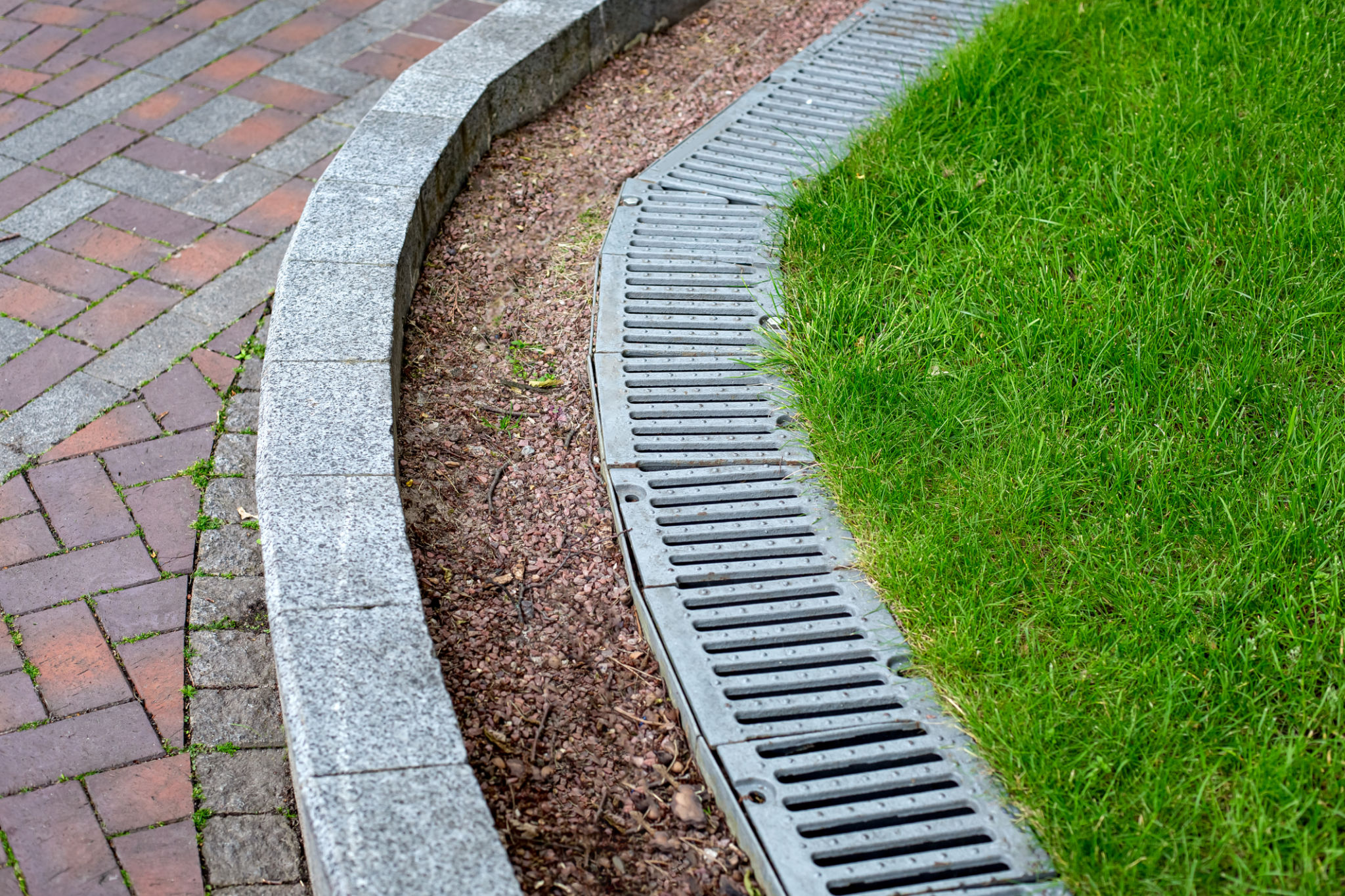Preparing for the Rainy Season: Construction Tips for Ghanaian Infrastructure
Understanding the Challenges of the Rainy Season
The rainy season in Ghana, typically spanning from April to October, presents unique challenges for construction and infrastructure projects. Heavy rains can lead to flooding, erosion, and damage to roads and buildings. For engineers and construction managers, preparing for these conditions is crucial to ensuring the durability and safety of infrastructure.

Designing with Resilience in Mind
One of the primary considerations when preparing for the rainy season is designing infrastructure that can withstand heavy rainfall. This involves selecting materials that resist water damage and incorporating features such as drainage systems that effectively channel water away from structures. Concrete with high water resistance and reinforced steel are typically used in regions prone to flooding.
Furthermore, designing roads and pavements with slight inclines can help direct water to drainage systems, preventing pooling and erosion. Proper elevation and grading are essential in maintaining the integrity of roads and pavements during heavy rains.
Implementing Effective Drainage Systems
A key element in preparing for the rainy season is the installation of efficient drainage systems. These systems help manage water flow, preventing it from accumulating around buildings or on roads, which can cause significant damage.

When planning drainage systems, it is crucial to consider the local topography and rainfall patterns. Regular maintenance of these systems, such as cleaning out debris and ensuring clear pathways, is equally important to prevent blockages that could lead to flooding.
Utilizing Quality Construction Materials
Using high-quality construction materials is essential in building infrastructure that can endure the harsh conditions of the rainy season. Selecting durable materials like weather-resistant concrete, galvanized steel, and treated wood can greatly enhance the longevity of structures.
Additionally, employing modern construction techniques that enhance water resistance—such as using sealants and waterproof membranes—can further protect buildings from moisture-related damage.
Planning Regular Maintenance and Inspections
Another vital aspect of preparing for the rainy season is establishing a routine maintenance schedule. Regular inspections can identify potential weak points in infrastructure before they become major issues. Addressing small problems early on can prevent costly repairs in the future.

Maintenance tasks may include checking the integrity of roofs, ensuring gutters are clear, and inspecting bridges and roads for signs of wear or damage. Proactive maintenance helps preserve infrastructure integrity throughout the rainy season.
Incorporating Green Infrastructure
Green infrastructure is an innovative approach that combines natural processes with engineering solutions to manage water sustainably. This includes using permeable pavements, green roofs, and rain gardens that absorb and filter rainwater. By integrating these features, urban areas can better cope with heavy rainfall while also enhancing environmental sustainability.
The adoption of such practices not only minimizes flood risks but also improves urban resilience against climate change impacts.
Conclusion: Building for a Sustainable Future
The rainy season in Ghana poses significant challenges for infrastructure projects; however, by adopting strategic construction practices and utilizing appropriate materials, these challenges can be effectively managed. Preparing infrastructure for the rainy season requires a comprehensive approach that involves design innovation, quality materials, regular maintenance, and sustainable practices.
By investing in resilient infrastructure today, we ensure a safer and more sustainable future for communities across Ghana.
